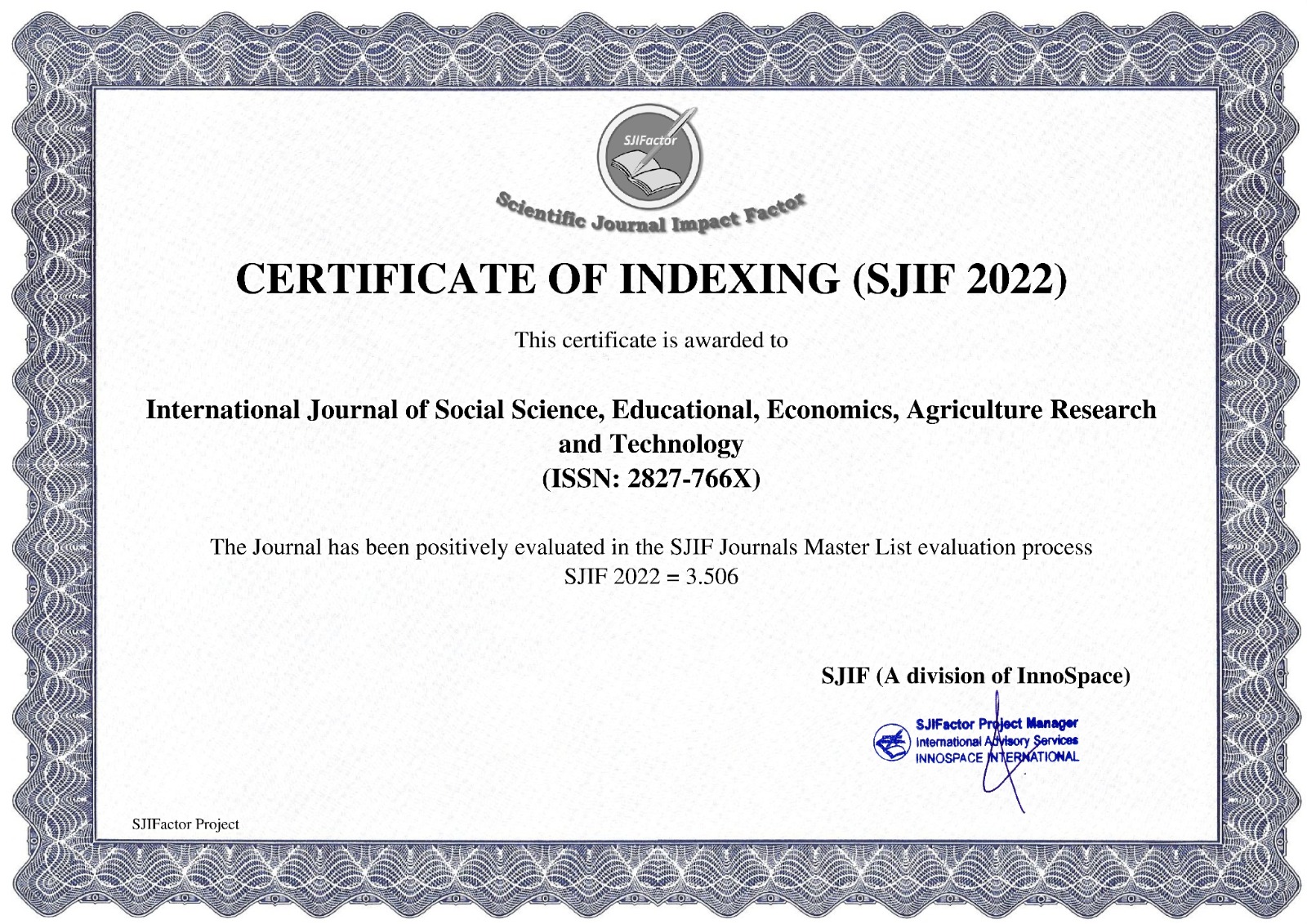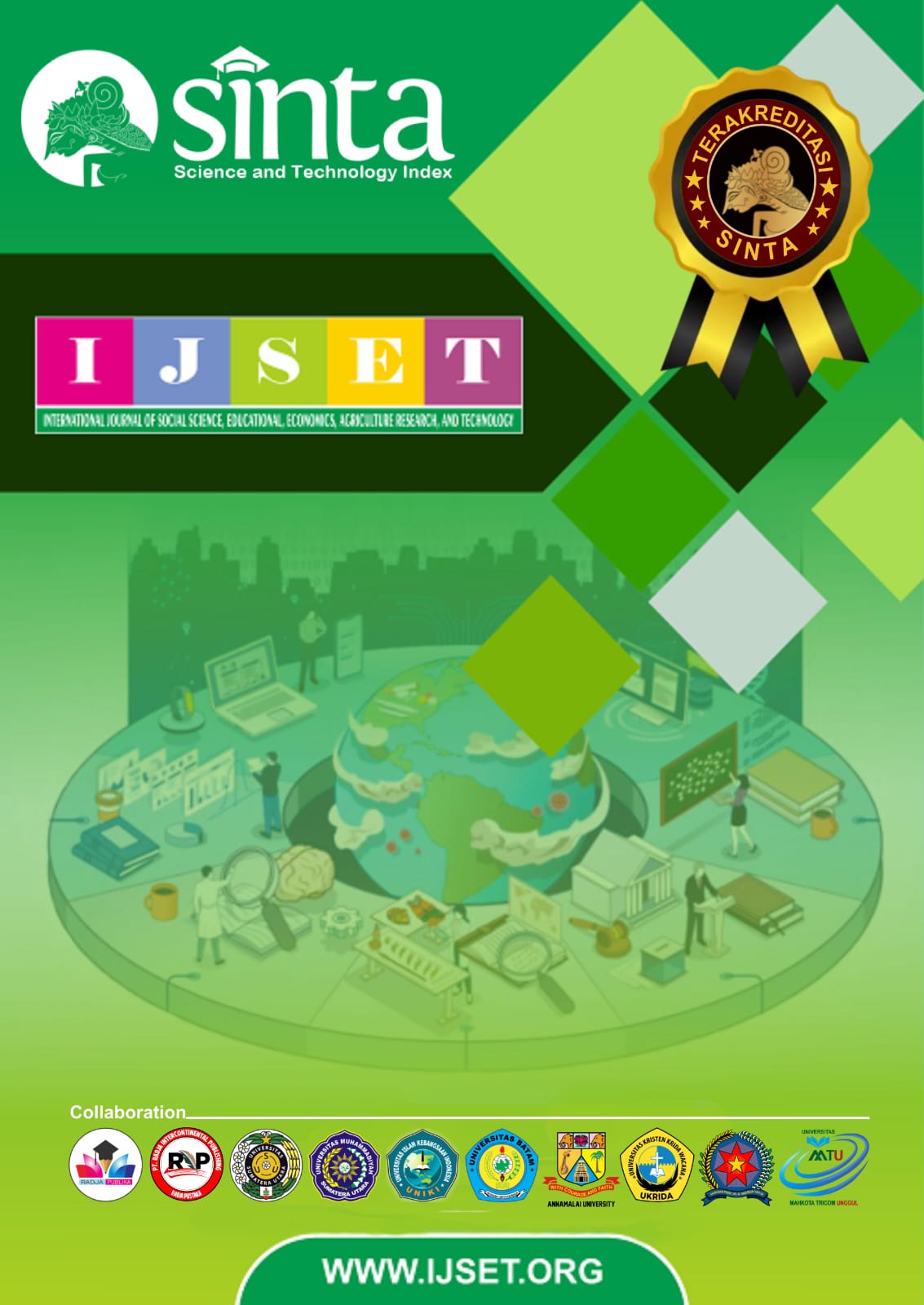PROCESS SAFETY AND ENVIRONMENTAL MANAGEMENT PLANNING IN THE AUTOMATIC MELTING PROCESS AT PT SOLDER BAR X
Main Article Content
Rizky Ernando
Marningot Tua Natalis Situmorangama
A metal industry company such as PT Solder Bar X has significant potential hazards and environmental impacts in its production process, particularly during the automated melting stage. This study aims to develop an integrated process and environmental safety management plan in accordance with the principles of Process Safety Management (PSM) and the ISO 14001:2015 Environmental Management System. The methodology used includes hazard and environmental aspect identification, risk assessment using the Hazard Identification, Risk Assessment and Determining Control (HIRADC) method, and assessment of the significance of environmental aspects. Data were collected through production process observations, company documents, and recent literature studies (2020–2024). The identification results indicate several major potential hazards, such as molten metal spills, heat exposure, metal particulate emissions, and solid and liquid waste from the cooling process. Based on the HIRADC assessment, high risks were identified in molten metal handling activities and the ventilation system. Significant environmental aspects lie in air emissions and waste management. The control plan includes engineering controls, ventilation system improvements, implementation of standard operating procedures, and strengthening employee training programs. The integration of PSM and ISO 14001 has been proven to provide a systematic approach to controlling hazards while maintaining environmental performance. This research can serve as a reference for similar industries in developing comprehensive safety and environmental management systems.
American Society of Safety Professionals. (2019). Risk assessment techniques (ANSI/ASSP Z690.3-2011 (R2019)). ASSP.
Badan Standardisasi Nasional. (2016). Sistem manajemen lingkungan — Persyaratan dan panduan penggunaan (SNI ISO 14001:2015). BSN.
Center for Chemical Process Safety. (2017). Guidelines for risk based process safety. American Institute of Chemical Engineers.
Giovanni, A., Fathimahhayati, L. D., & Pawitra, T. A. (2023). Risk analysis of occupational health and safety using Hazard Identification, Risk Assessment and Risk Control (HIRARC) method: Case study in PT Barokah Galangan Perkasa. Indonesian Journal of Industrial Engineering & Management, 4(2), 198-211.
International Organization for Standardization. (2015). Environmental management systems — Requirements with guidance for use (ISO 14001:2015). ISO.
Kementerian Ketenagakerjaan Republik Indonesia. (2018). Pedoman identifikasi bahaya, penilaian dan pengendalian risiko (HIRARC). Direktorat Pengawasan Norma K3.
Mahzun, R., Thamrin, T., Bahruddin, B., & Nofrizal, N. (2020). Effect of ecological, economic and social factors on the implementation of ISO 14001 environmental management system in heavy industries in Indonesia. International Journal of Energy Economics and Policy, 10(6), 469-475
Occupational Safety and Health Administration. (1992). Process safety management of highly hazardous chemicals (29 CFR 1910.119). U.S. Department of Labor.
Peraturan Menteri Lingkungan Hidup dan Kehutanan Republik Indonesia Nomor P.68/MenLHK/Setjen/Kum.1/8/2016 tentang Baku Mutu Emisi Industri.
Peraturan Pemerintah Republik Indonesia Nomor 22 Tahun 2021 tentang Penyelenggaraan Perlindungan dan Pengelolaan Lingkungan Hidup.
Publikasi Universitas Mercu Buana
Septanti, E. M., Joko, T., & Setiani, O. (2023). Faktor-faktor yang mempengaruhi penerapan sistem manajemen lingkungan ISO 14001. Prepotif : Jurnal Kesehatan Masyarakat, 8(2).
United Nations Environment Programme. (2019). Integrated approaches to process safety and environmental protection. UNEP Industry and Environment Programme.
Universitas Pahlawan Journal






















